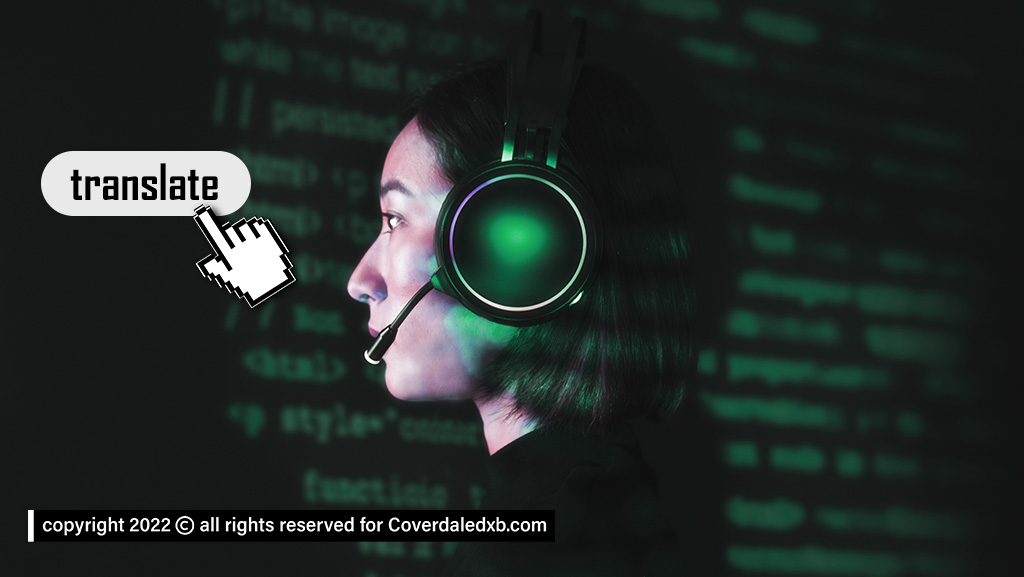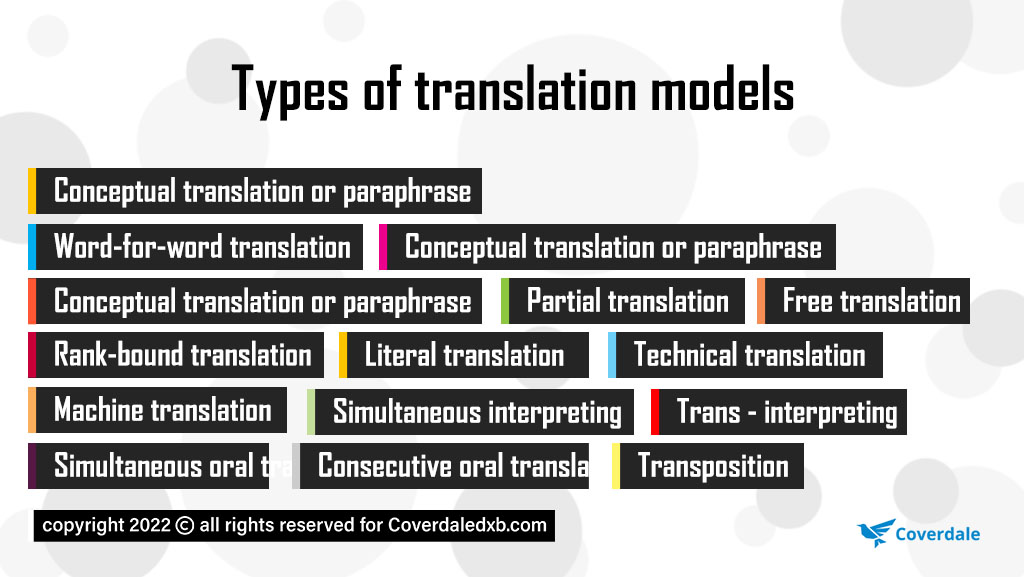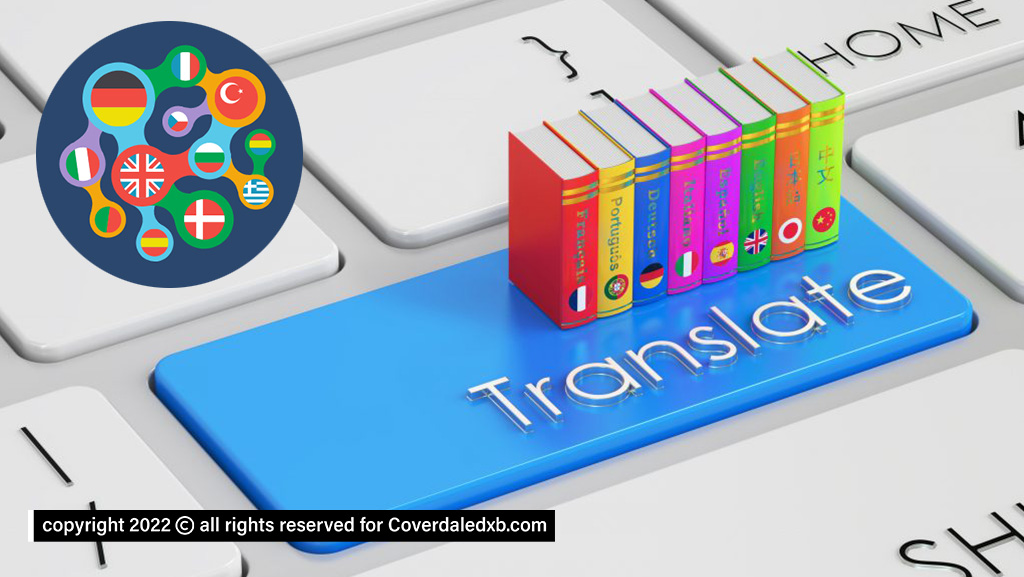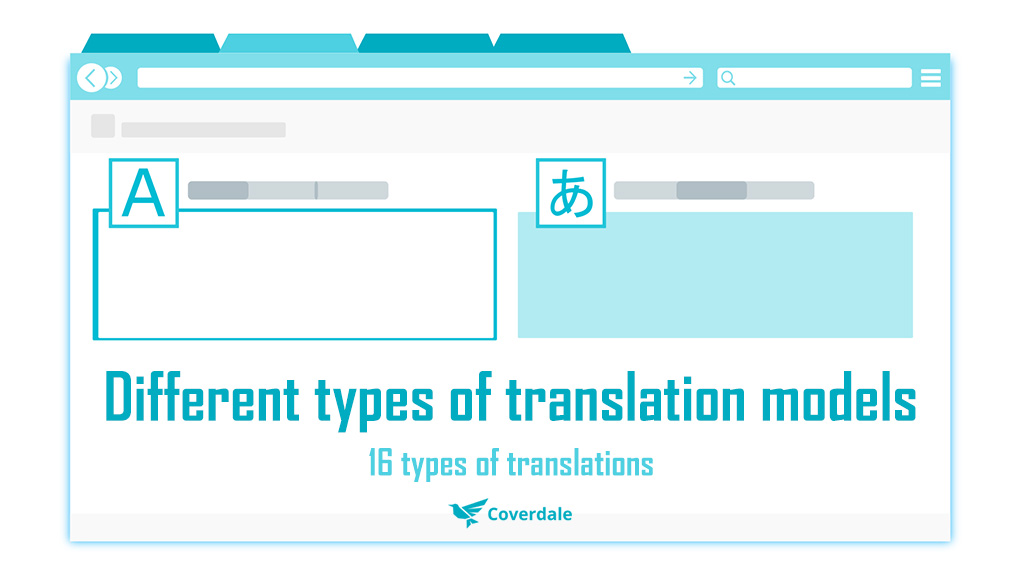The world of translation is a vast world! There are different types of translation models, from word-for-word translation to specialized and advanced translations.
Translation and the use of translators are essential today. why? In order to establish international relations and exchange with other cultures in society. In fact, translation can be found as finding the equivalent of words in a text, book, movie, article, etc. in the target language. So that the framework of the original meanings of the words does not change.
The composition of sentences and the arrangement of words to make equivalent meanings vary in different languages. So that translating words one after the other into another language may be completely meaningless. That is why there are different types of translation models that we have introduced in this article.
Translations can be done by professional translators, applications, translation sites and so on. It depends on where you want to use the translation. For example, mobile translators used for travel. But it will be the worst option for specialized translations. Stay tuned to Coverdale for more information.
[lwptoc]What does translation mean?
Translation can be considered the process of replacing words, phrases, sentences and generally the text in one language with the text in another. Now you need to pay attention to what this process or definition of translation involves.

What is the full meaning of translation?
You have to keep in mind that any reference to the text specifies specific uses of the language and cannot be considered merely the exact meaning of the word in another language.
Translation alone cannot be considered the translation of a whole, and the text will only make sense when words and sentences used together. In this case, they combined with communication in different ways and give a special meaning to the text.
In translation, three important features of the text, namely the text, balance and process, are related. With these three features, it can be concluded that the translations are equivalent at the level of the text.
It is in the process and interpretation of the translation of the source text that the translation balance will be achieved. The target text is a translation product that is the result of the interpretation and translation of the source text.
There are different types of translation models, each of them emphasizes certain elements and pays less attention to some other elements.
Types of translation models
When people need information but do not understand the original language, the words translator and translation will make sense. In these circumstances, the presence of a translator is essential.
Translation is generally need to facilitate relations between countries and cultural exchanges. The translation may be oral or written. Translation done in different roles, to understand the differences and types of translation, join us until the end of the article.

What are the 15 Types of Translation Models?
Word-for-word translation
In this form of translation, words translated individually and as a unit. In fact, the equivalent of the target language of the word written and by placing the words next to each other, the sentence formed. These types of translations used for names and phrases. Note, however, that due to structural differences between the source and target languages, words must be moved, otherwise the grammar will be incorrect.
Conceptual translation or paraphrase
The conceptual method of translation used to express the conductivity in the text. This method of translation is very satisfying for the readers and listeners of the translated texts. In this types of translation models, sentences writte according to the grammatical points of the destination language. As soon as the source language can be translated into the target language, it means that the concept translation is well executed.
Another advantage of conceptual translation is that you avoid being accused of plagiarism. This model of different types of translation models used in the translation of scientific articles. Also, when you use the original text to publish the text on the Website, you can optimize according to the goals of search engines and have a completely SEO-friendly text.
Conceptual translation or paraphrase
Another types of translation models is full translation. In this form of translation, the translator is obliged to translate the entire text into the target language with any details.
This method of translation is very important for translating articles and encyclopedias, as well as in texts that require the reader or viewer to know all the details contained in the text.
To complete this translation method, the translator must be aware of all the rules and specialized form of translating texts. He must also be able to write all the details without any reduction and change from the source language to the destination. In the full translation, no word use in the sentence as it is in the original language.
Partial translation
This type of translation is quite the opposite of a full translation. In such a way that the translation of a part of the original text and its important parts given in the target language. These words include specialized phrases, specialized nouns, and the like. In partial translations, translator try to sentence be fluent and accurate. Also, the main sentences and phrases should be given without any changes in the final text to achieve an accurate, fluent and eloquent translation.
Free translation
In this type of translation, the translator does not engage in specialized phrases and words. He/she tries to use a proper equivalent for words only by knowing the exact language of the source and the destination.
In order to provide the reader with a complete and accurate concept, he may sometimes have to break the sentence structure to express a concept. In any case, the purpose of free translation is to write the translation with the grammar and literature of the target language.
A free translation is acceptable when the translator is fluent in phrases, terms and words in both the source and target languages. The important point in defining free translation is that its quality depends on the translator’s initiative and skill in using words.
Rank-bound translation
In defining the translation of this model of types of translation, it can be stated that the original text will be translated into the target language in the framework and form it is. For example, they will translate a word into a word, a phrase into a phrase, and a sentence into a sentence. This midel of varioud types of translation models is close to literal translation.
So it can be said that the words will be translated in the same way in the target language according to their place in the sentence. In Rank-bound translation, the terms are not translate. Which can cause a lot of problems in the original meaning of a sentence. These translations are not usable in every text, so they are only use in certain cases of translation.
Literal translation
Literal translation is one of the types of translation models that has the most common translation technique. In this translation model, words will be translated word for word into the target language. In all types of translation, the literal translation is very close to the source language. The literal translation technique is very suitable for languages that are grammatically similar. In fact, the two languages of origin and destination should be similar culturally, grammatically and writing style.
If two different languages translated literally, the text will certainly be meaningless, requiring more precise translation and editing. Google Translate does just that. Beginner and novice translators use literal translation. These types of translations have no meaning or value in terms of value.
Technical translation
Technical translation is a type of specialized translation that generally used for specific topics and cases. This type of translation model deals with scientific topics and technical and engineering texts and uses its own terminology. A technical translator also required to translate technical texts. A translator who understands technical and specialized terms and is familiar with specialized vocabulary and the original text.
To work in the field of technical translation, people must be trained in the field and specialty and have a full understanding of translation skills.
Machine translation
In the definition of machine translation, we can say that human beings have no involvement in this translation and the translation done by computers and machines. These translation systems can be considered as applications and online services that used for specific activities. These programs and services take the original text from the source language and return it to the target language.
Although the concept of machine translation is very simple and easy to define! The science and technology used for them is very complex. Machine translations by computer or human translations with the help of computer or machine translations are completely different. These types of translation models should not be confused with each other.
Simultaneous interpreting
In defining simultaneous translation, it should be said that the translator simultaneously translates the words of the person who is speaking and translates his words into the target language. This translation is relatively more difficult than other types of translation models. It requires a high degree of skill. Because the translator must be able to translate words and phrases in a fraction of a second.

Trans – interpreting
In this type of translation, the text of the speech given to the translator beforehand. The translator reads the translation at the same time that the text of the speech is read by the person. The only challenge with this translation is that the speaker may add sentences or words to the text during the speech. In which case the translator obliged to translate them for the audience at the same time.
Simultaneous oral translation
In a variety of translations, oral translation is a bit more complicated. It is an intensive process of rapid exchange of data and information. A translator who works in simultaneous oral translation must be fluent in both the source and target languages. The definition of oral translation should also include the fact that the translator must be aware of the subject of the lecture. Also have high skills in transferring words from the source language to the destination.
You must have seen all kinds of oral translation models in lectures and international meetings or during the simultaneous broadcast of important speeches and interviews of prominent personalities on television and radio. In the definition of oral translation, we can also refer to simultaneous translation in the earphone. In this translation model, the translators sits next to or behind the people. They simultaneously translates the speaker’s words in a low voice for the audience.
Consecutive oral translation
This is one of the most commonly used types of translations for conferences. In this model, the translator stands next to the people. He/ she takes notes of what they have to say. Then give a summary to the other person during the interruptions that the speaker has.
In Consecutive oral translation, note-taking is completely optional. It also should include keywords. The application of a variety of models of consecutive oral translation is most evident during discussions between characters as well as important consultative meetings. Meetings that held on issues related to political, scientific, technical, commercial, etc.
Transposition
In Transposition, the translator changes the grammatical form and linguistic structure of sentences from the source language to the target language. In this type of translation, the author’s expression and point of view are also overshadow by the translator. The translator tries to provide a close and conceptual translation by choosing keywords close to what given in the original text.
Modulation translation
Sometimes translators use equivalent words that are more useful in the target language instead of translating words to achieve a better and more accurate translation. This done when the original word translation of the source language in the target language is not fluent and legible. In this type of translation model, the translator changes the vocabulary and grammar in the target language.
In adaptive translation, the translator first takes a general look at the text. He/she examines how close the normal form of the text is to the original text if translated. So first the translator tries to make grammatical changes in the target language and change the structure of some words. It then looks for a translation that is ideally close to the target language.
Equivalence translation
Translations of idioms and proverbs are examples of this types of translation models. In this way, the translator must find a phrase or sentence in the target language that is equivalent to what is in the source language. In such a way that it does not suffer any damage in terms of meaning. The reader should also be able to communicate well with the text and sentence in the target language.
